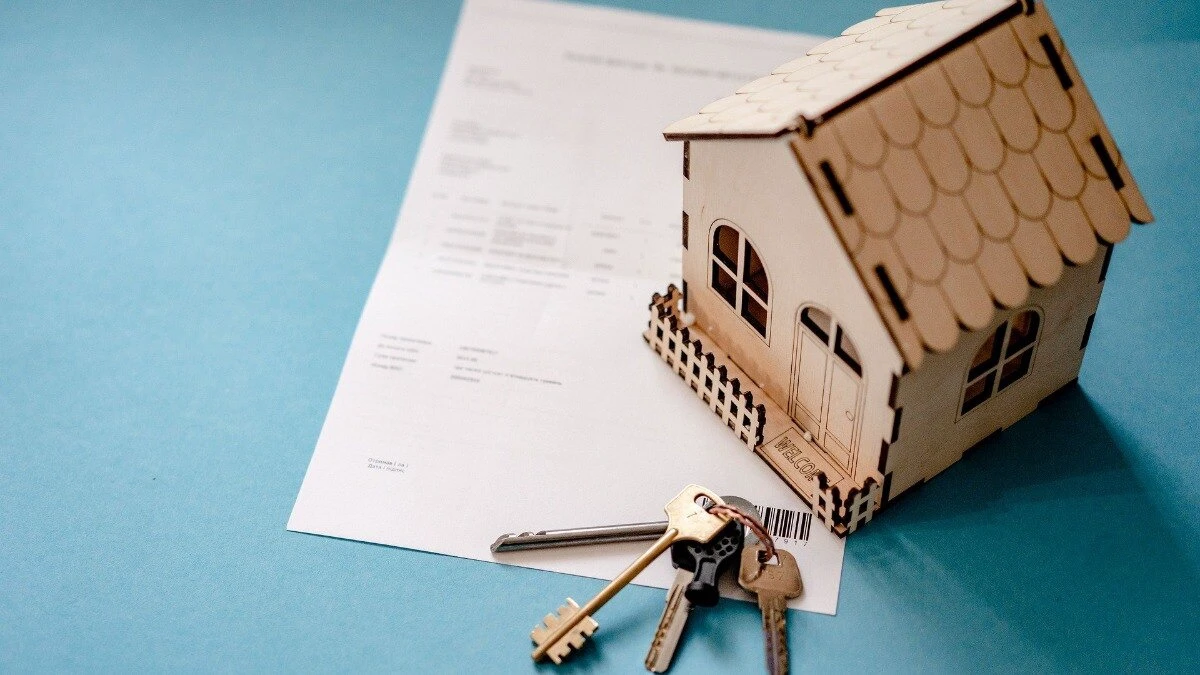Think Delhi or Mumbai are leading India’s real estate boom? In a LinkedIn breakdown, investment banker Sarthak Ahuja ranks Hyderabad as the top metro for capital appreciation over the past four years, leaving bigger cities in the dust with an 80% price surge.
“When you look at data of price movement since 2020 of the average house in each of the following cities,” Ahuja writes, “here they are ranked in the ascending order of returns…” His list places Noida second with a 70% increase, followed by Gurgaon at 60%.
Traditional heavyweights like Delhi and Bangalore land in the middle with 45% gains. Mumbai trails with a 40% rise, while Chennai anchors the list with sub-20% growth. Kolkata and Ahmedabad hover below 25%, and Pune sees nearly 30%.
“There are outliers in each city,” Ahuja notes, “where you will see someone say the prices have 3Xed in 4 years… but here, we discuss averages.”
The list underscores a shift away from legacy markets toward emerging hubs. Knight Frank’s 2024 report supports Hyderabad’s strong performance, citing 6% average annual growth and up to 14% in districts like Medchal-Malkajgiri.
While an exact 80% gain citywide isn’t confirmed, the city ranks among the most consistent climbers in India’s property market.
Noida’s rise stands out even more. According to PropEquity, the weighted average price of new launches surged 152% from 2019 to 2024-implying nearly 100% appreciation over four years, and making it a contender for the top spot depending on how gains are measured.
Gurgaon’s growth has been driven by specific corridors like Dwarka Expressway and Golf Course Road, which have seen sharp year-on-year spikes. Yet citywide averages still trail Noida’s.
Bengaluru and Mumbai posted modest but stable increases, while cities like Chennai and Kolkata continue to underperform relative to the national metro average of 50%.
Ahuja’s city-by-city breakdown reflects a changing landscape in Indian real estate-where the steepest climbs are no longer in the country’s oldest markets.
